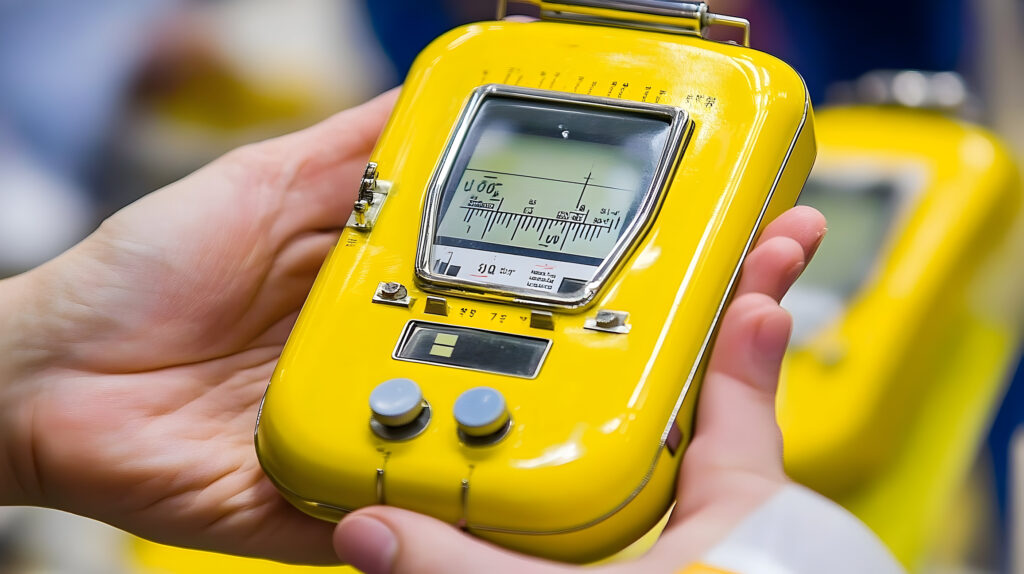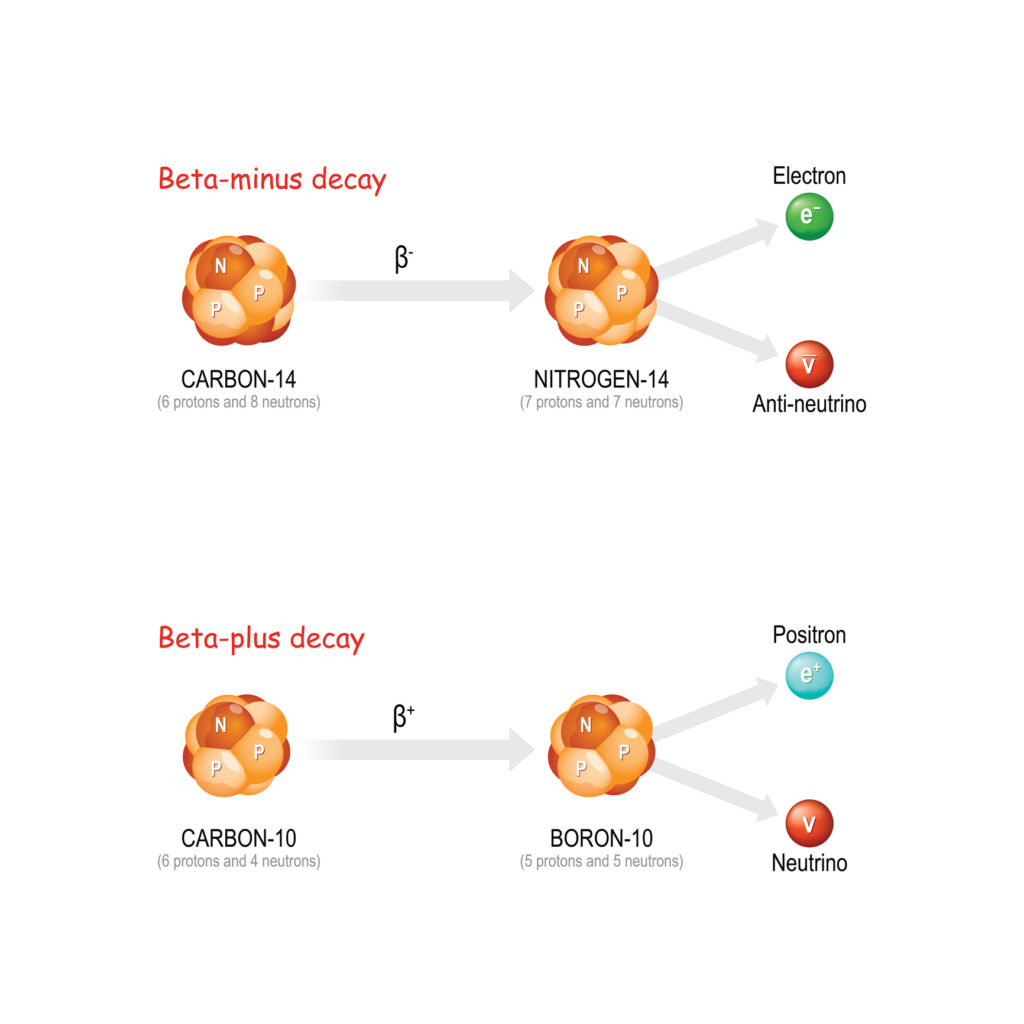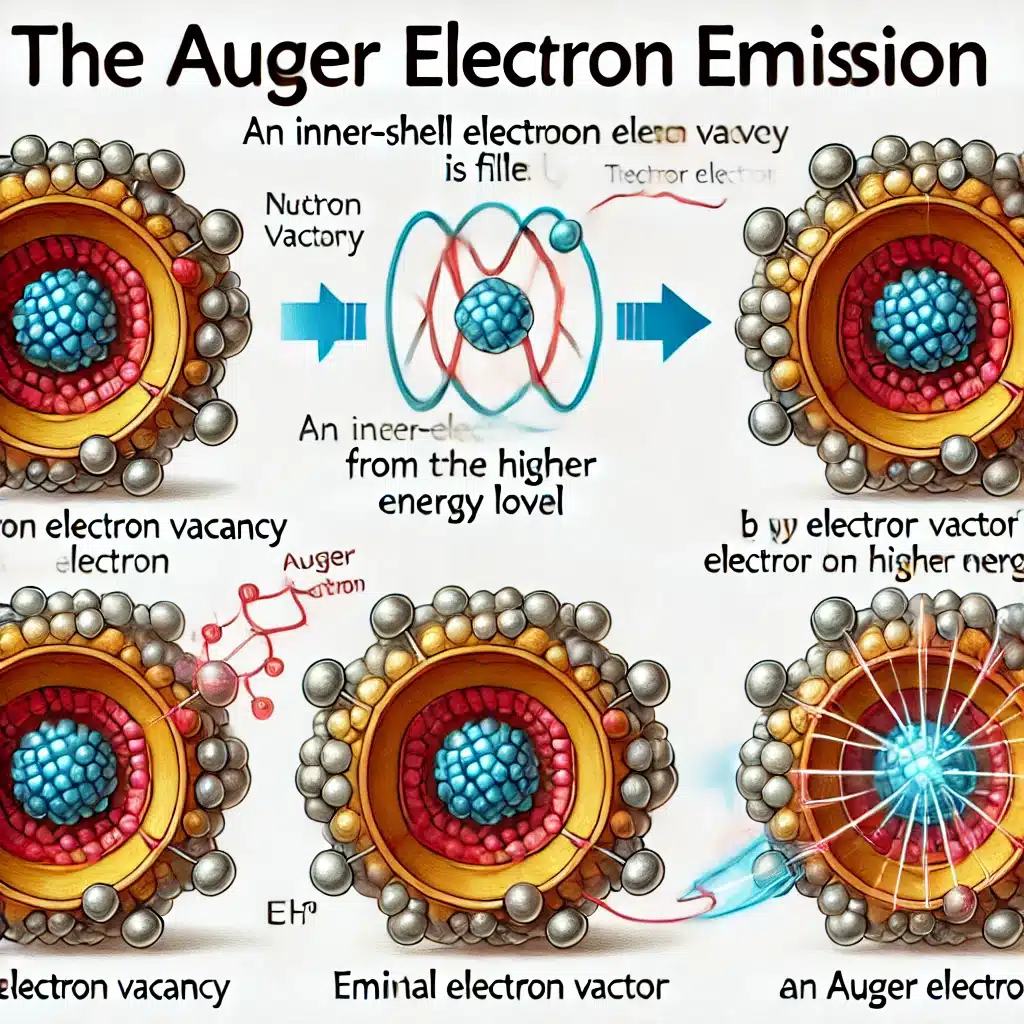A scintillation counter is a device used to detect and measure ionising radiation. This article will examine the principles of scintillation, the construction and components of scintillation counters, their working mechanism, types, applications in various fields, advantages and disadvantages, and future trends. Understanding scintillation counters is crucial for those working in the area of nuclear physics, medical imaging, and environmental monitoring.
Introduction
A scintillation counter, also known as a scintillometer, is a sophisticated instrument designed to detect and measure ionising radiation. It plays a vital role in numerous scientific and industrial applications, providing critical data for research and safety purposes. This device operates based on the principle of scintillation, where certain materials emit light when they absorb ionising radiation.
Principles of Scintillation
Scintillation is a process wherein certain materials, known as scintillators, emit light when they absorb ionising radiation. The phenomenon occurs when the radiation interacts with the scintillator, causing it to excite and subsequently release photons (light particles) as it returns to its ground state. The intensity and wavelength of the emitted light depend on the type of scintillator material used.
Construction and Components of Scintillation Counters
Scintillation counters comprise several key components:
- Scintillator Material: This is the core component where the scintillation process occurs. Scintillators can be organic or inorganic, each type having specific properties suitable for different applications.
- Photomultiplier Tube (PMT): Attached to the scintillator, the PMT detects the light emitted from the scintillator and converts it into an electrical signal. It amplifies the signal, making it strong enough for measurement and analysis.
- Electronics: These include preamplifiers, amplifiers, and pulse height analysers. They process the electrical signal from the PMT, allowing for accurate measurement and analysis of the radiation.
- Data Acquisition System: This system records and displays the processed data, enabling researchers to interpret the results.
Working Mechanism
The working mechanism of a scintillation counter can be summarised in the following steps:
- Radiation Interaction: Ionising radiation enters the scintillator material and interacts with its atoms or molecules.
- Scintillation Process: The interaction excites the scintillator material, causing it to emit light photons as it returns to its ground state.
- Light Detection: The emitted light photons are detected by the photomultiplier tube, which converts the light into an electrical signal.
- Signal Amplification: The PMT amplifies the electrical signal to a level that the electronics can process.
- Signal Processing: The electronics process the amplified signal, measuring its characteristics, such as intensity and energy, to provide information about the radiation.
- Data Display: The data acquisition system records and displays the processed data for analysis.
Types of Scintillation Counters
Scintillation counters come in various types, tailored to specific applications and types of radiation:
- Organic Scintillators: These are typically used for detecting low-energy beta particles. They are made from organic materials such as anthracene or stilbene.
- Inorganic Scintillators: Commonly used for high-energy gamma rays, these scintillators are made from materials like sodium iodide (NaI) doped with thallium (NaI(Tl)) or caesium iodide (CsI).
- Liquid Scintillators: These are used to detect a broad range of radiation types, including alpha and beta particles. They consist of organic scintillators dissolved in a liquid solvent.
- Plastic Scintillators: Made from organic plastic materials, these scintillators are lightweight and durable, suitable for portable radiation detection devices.
Applications of Scintillation Counters
Scintillation detectors are indispensable in various fields:
- Nuclear Physics: They detect and measure radiation in nuclear research and experiments.
- Medical Imaging: In positron emission tomography (PET) and single-photon emission computed tomography (SPECT), scintillation counters detect gamma rays emitted from radiotracers within the body.
- Environmental Monitoring: They monitor environmental radiation levels, ensuring safety and compliance with regulatory standards.
- Industrial Applications: Scintillation counters are used in industries such as oil and gas, which help detect naturally occurring radioactive materials.
- Homeland Security: They play a crucial role in detecting illicit radioactive materials and ensuring public safety.
Advantages and Disadvantages
Advantages:
- High Sensitivity: Scintillation counters are highly sensitive, capable of detecting low levels of radiation.
- Fast Response: They provide rapid results, making them ideal for real-time monitoring.
- Versatility: These counters can detect various types of radiation, including alpha, beta, and gamma rays.
- Accuracy: Scintillation counters offer precise measurements of radiation intensity and energy.
Disadvantages:
- Cost: High-quality scintillation counters can be expensive, limiting their accessibility for some applications.
- Size and Portability: Some scintillation counters, especially those used in medical imaging, can be bulky and less portable.
- Maintenance: Regular maintenance and calibration are required to ensure accurate measurements.
Future Trends
The future of scintillation counters looks promising, with ongoing research and development focusing on enhancing their capabilities:
- Improved Scintillator Materials: Researchers are exploring new materials with higher light yields and better radiation detection efficiency.
- Miniaturisation: Advances in technology are leading to smaller, more portable scintillation counters without compromising performance.
- Integration with Digital Technologies: The integration of scintillation counters with digital data acquisition and analysis systems is improving their usability and accuracy.
- Enhanced Energy Resolution: Efforts are being made to improve the energy resolution of scintillation counters, enabling more precise identification of different radiation sources.
Conclusion
Scintillation counters are vital tools in the detection and measurement of ionising radiation. Their versatility, sensitivity, and accuracy make them indispensable in various scientific, medical, industrial, and security applications. Understanding the principles, construction, and working mechanisms of scintillation counters is crucial for professionals in these fields. Ongoing advancements in materials and technology promise to enhance the performance and usability of scintillation counters further, ensuring they remain at the forefront of radiation detection and measurement.
Disclaimer
The information provided in this article, “Unlocking the Secrets of Radiation: Marvel of the Scintillation Counter”, is intended for educational and informational purposes only. While every effort has been made to ensure the accuracy and reliability of the content at the time of publication, Open MedScience makes no representations or warranties of any kind, express or implied, about the completeness, accuracy, reliability, suitability, or availability of the information contained herein.
This article does not constitute professional advice or recommendations in medical, technical, regulatory, or safety matters. Readers are advised to consult relevant experts or authorities in radiation detection, nuclear physics, medical imaging, or related disciplines before making any decisions or taking any actions based on the information presented.
Open MedScience and the authors disclaim any liability for any loss or damage arising directly or indirectly from the use of or reliance on the information contained in this article.
Any mention of specific products, devices, or manufacturers is for illustrative purposes only and does not imply endorsement or affiliation.
You are here: home » diagnostic medical imaging blog »



